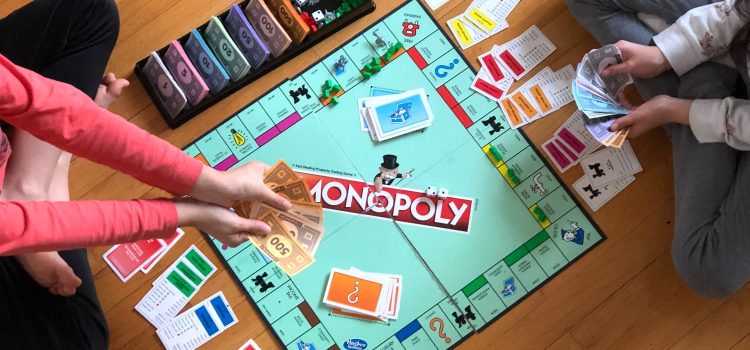
Board games have been a source of entertainment for centuries, but their popularity has ebbed and flowed over time. From the classic game of Monopoly to modern favorites like Settlers of Catan, the evolution of board games has been driven by changes in technology, culture, and game design.
Monopoly was first introduced in 1935 and quickly became a household name. The game’s popularity was due in part to its simplicity and familiarity – players buy and sell properties, collect rent, and try to bankrupt their opponents. But Monopoly also reflected the economic anxieties of the Great Depression, as players could experience the thrill of becoming a wealthy property owner without actually having to invest real money.
As the decades passed, board games continued to evolve. The 1960s saw the rise of games like Risk and Stratego, which emphasized strategy and tactics. In the 1970s, Dungeons & Dragons introduced role-playing games, which allowed players to immerse themselves in fantasy worlds and take on different personas.
But it wasn’t until the 1990s that board games really began to change. Games like Settlers of Catan and Carcassonne introduced new mechanics like tile placement and resource management. These games were more complex than traditional board games, but also more engaging – players could spend hours strategizing and trying to outwit their opponents.
The rise of the internet has also had an impact on board games. Online gaming has made it easier for people to connect with other players and compete in real-time. But it has also created a demand for digital versions of board games, which can be played on smartphones, tablets, and computers.
Despite the availability of digital games, there has been a renewed interest in board games in recent years. Many people are looking for ways to unplug and spend time with friends and family in person. Board game nights have become a popular social activity, and game cafes and board game bars have sprung up in cities around the world.
So what’s next for board games? Some designers are exploring new ways to incorporate technology into traditional games. Others are experimenting with new mechanics and themes, like cooperative games and escape room-inspired puzzles. As the popularity of board games continues to grow, there’s no telling where they will go next.
But one thing is clear – board games have a timeless appeal that goes beyond age, gender, or cultural background. They offer a way to connect with others, exercise your mind, and have fun – all at the same time. So whether you’re a fan of Monopoly or Settlers of Catan, there’s never been a better time to join the board game revolution.









